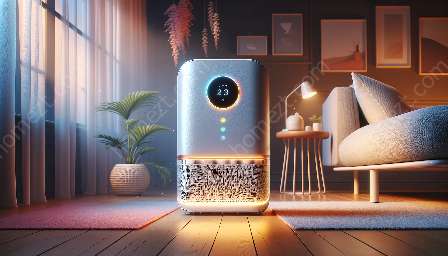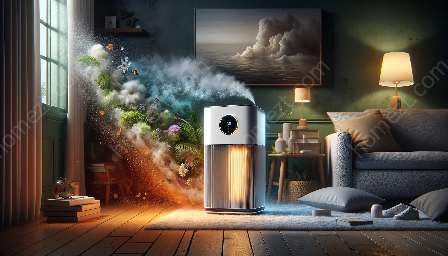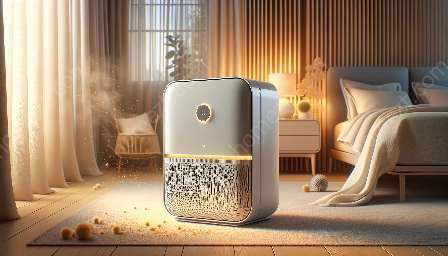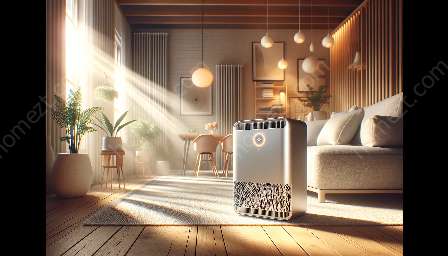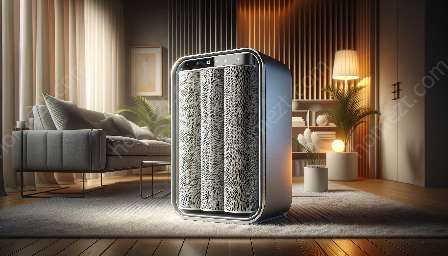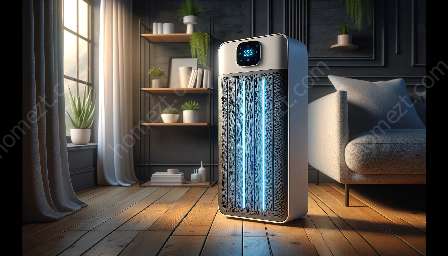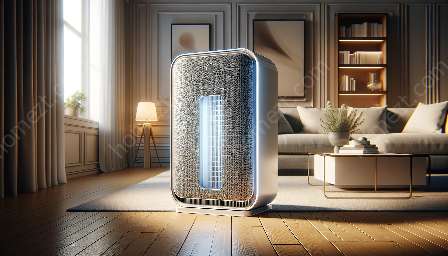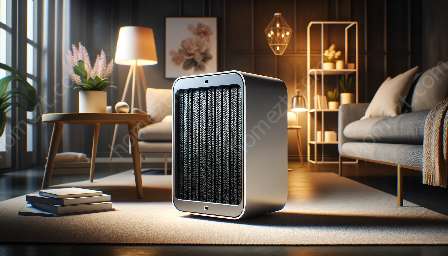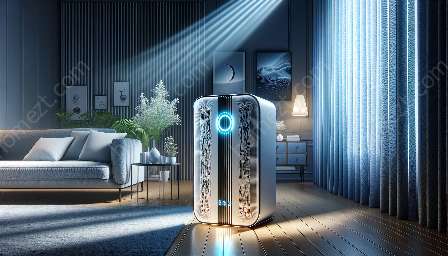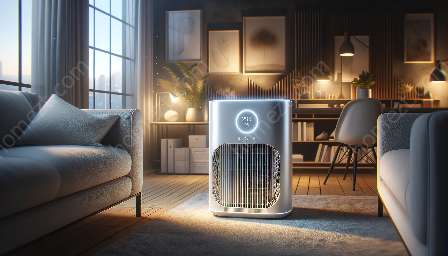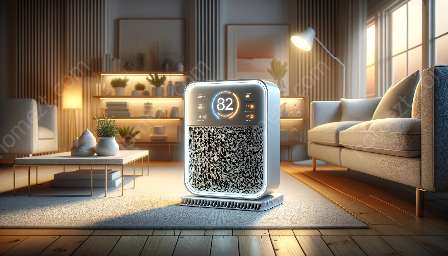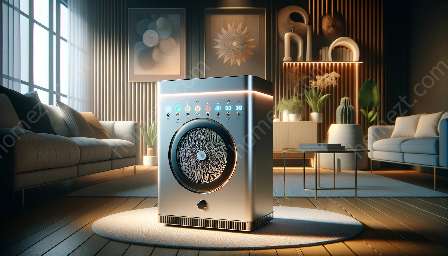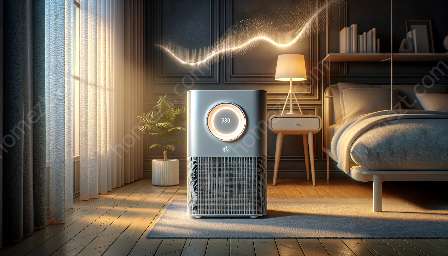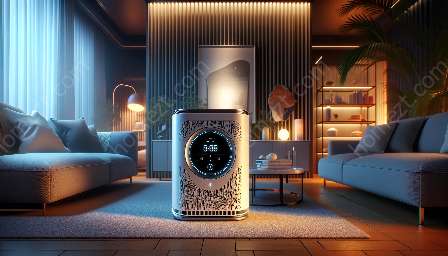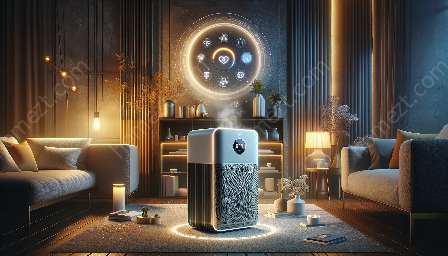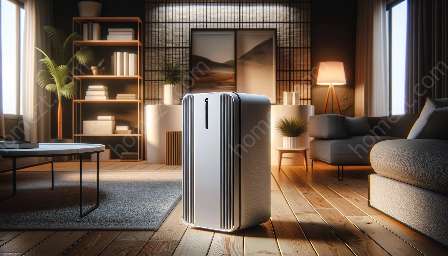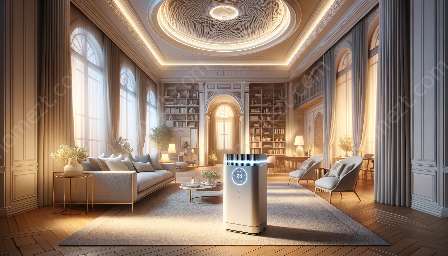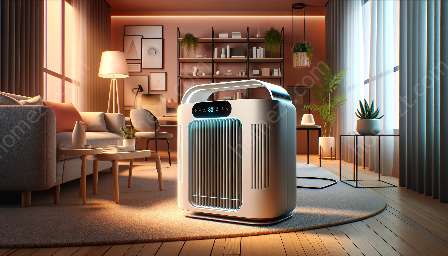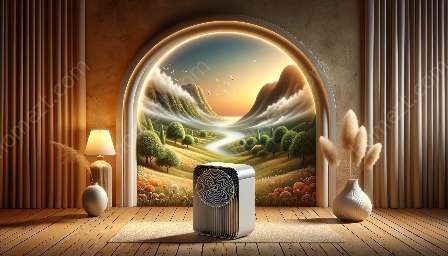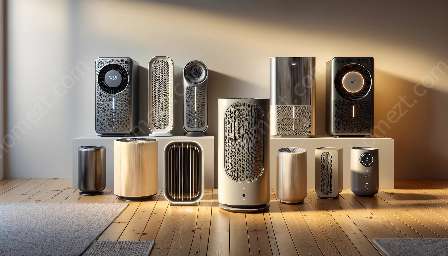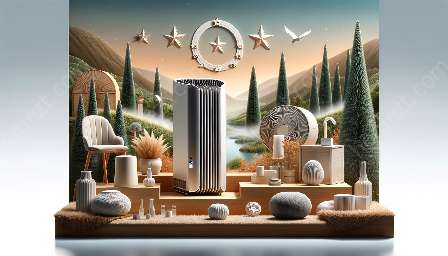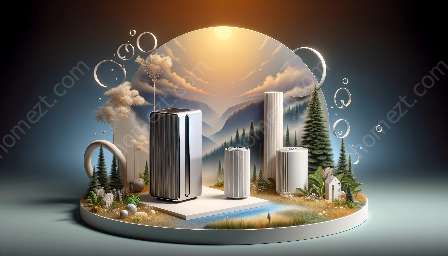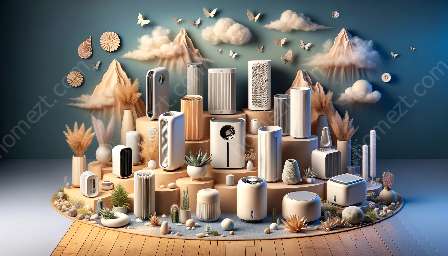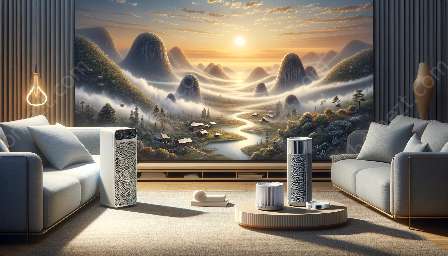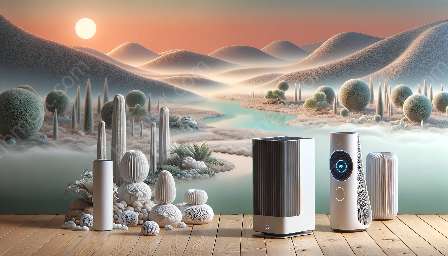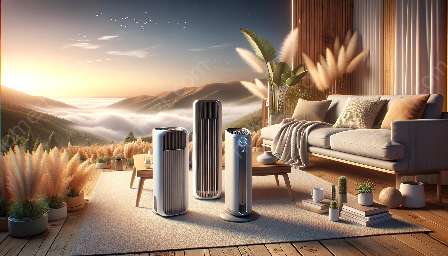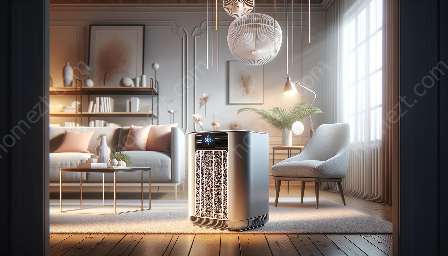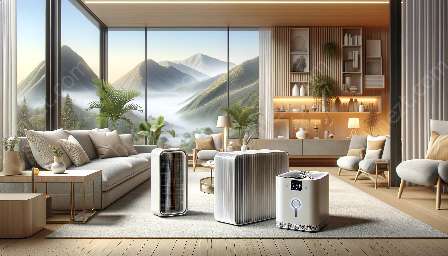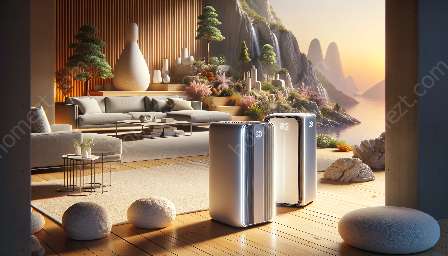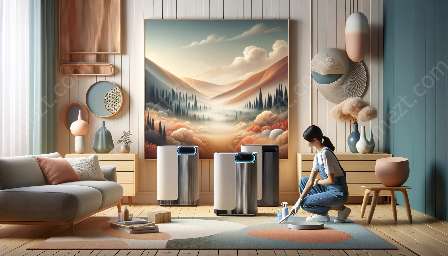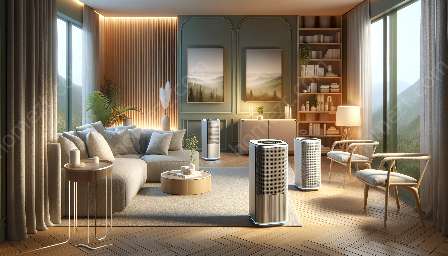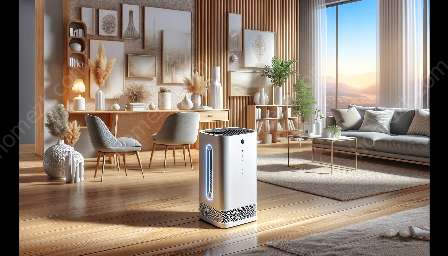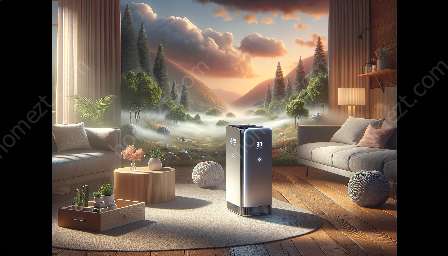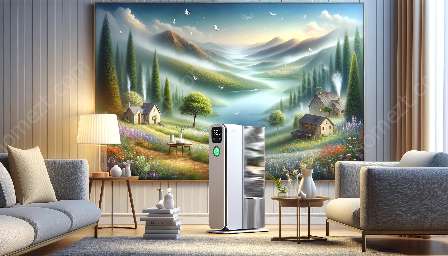UV-C technology has gained significant attention for its ability to improve indoor air quality and disinfect surfaces. When integrated into air purifiers and home appliances, UV-C can effectively eliminate harmful microorganisms, allergens, and odors, creating a healthier living environment.
The Science Behind UV-C Technology
UV-C, or ultraviolet germicidal irradiation, is a form of ultraviolet light with a wavelength ranging from 200 to 280 nanometers. This type of UV light is particularly effective at inactivating microorganisms such as bacteria, viruses, and mold by disrupting their DNA and RNA, preventing them from reproducing.
UV-C light is commonly used in medical facilities, water treatment plants, and air purification systems to provide a clean and sterile environment. Its germicidal properties make it an invaluable tool for maintaining hygiene and preventing the spread of infectious diseases.
Applications of UV-C in Air Purifiers
Integrating UV-C technology into air purifiers enhances their ability to remove airborne contaminants. When air passes through the purifier, it is exposed to UV-C light, which effectively neutralizes bacteria, viruses, and other pathogens. This process helps to reduce the risk of respiratory infections and allergies caused by indoor air pollution.
UV-C light can also target volatile organic compounds (VOCs) and unpleasant odors, improving the overall air quality in homes and offices. By combining UV-C technology with HEPA filters and activated carbon, air purifiers can deliver comprehensive air purification, making them essential for individuals with respiratory conditions or sensitivities.
UV-C in Home Appliances
Besides air purifiers, UV-C technology is being integrated into various home appliances to provide additional disinfection benefits. For instance, UV-C light can be used in refrigerators to inhibit the growth of bacteria and mold on food surfaces, prolonging the shelf life of perishable items and maintaining food safety.
In washing machines, UV-C technology can help sanitize laundry loads by eliminating bacteria, viruses, and allergens, ensuring that clothes and linens are thoroughly cleaned and free from harmful microorganisms. Additionally, UV-C light can be incorporated into vacuum cleaners to sanitize surfaces and effectively capture and neutralize dust mites and other allergens, providing a healthier environment for allergy sufferers.
Considerations for Using UV-C Technology
While UV-C technology offers numerous benefits for air purification and home disinfection, it is essential to use caution when implementing UV-C devices. Direct exposure to UV-C light can be harmful to the skin and eyes, and prolonged exposure should be avoided. It is important to follow safety guidelines and use UV-C products as directed by manufacturers to prevent accidental exposure.
Furthermore, UV-C devices should be installed and operated according to recommended specifications to ensure optimal performance. Regular maintenance and replacing UV-C bulbs at the end of their lifespan are crucial to maintain the effectiveness of the technology.
Conclusion
UV-C technology presents an innovative solution for improving indoor air quality and enhancing the hygiene of home appliances. Its ability to neutralize microorganisms and improve overall cleanliness makes it a valuable addition to air purifiers and various household products. By understanding the science behind UV-C technology and considering its applications, consumers can make informed decisions to create healthier living spaces for themselves and their families.

